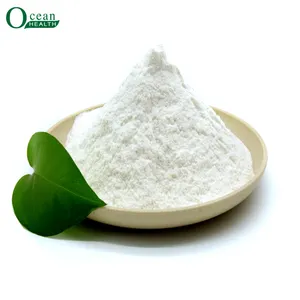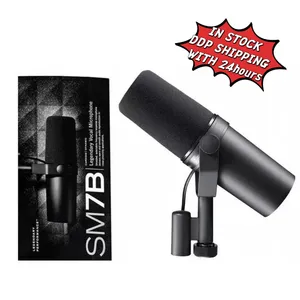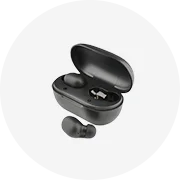Phổ biến trong ngành của bạn

















Các tìm kiếm liên quan:


























Các danh mục hàng đầu
Giới thiệu về chất làm đặc độ nhớt chất làm đặc
Duyệt qua nâng cao. chất làm đặc độ nhớt chất làm đặc tại Alibaba.com rất phù hợp cho các chuyên gia, người dùng mới làm quen và các thuật sĩ công nghệ .. chất làm đặc độ nhớt chất làm đặc tương thích với nhiều hệ điều hành và phần cứng đang có sẵn . Được. chất làm đặc độ nhớt chất làm đặc để đơn giản hóa nhu cầu máy tính và các chức năng kinh doanh của bạn.
Loại bỏ những thách thức công việc hàng ngày một cách tinh vi. chất làm đặc độ nhớt chất làm đặc. Tăng năng suất và hoàn thành công việc - nhanh hơn và dễ dàng hơn. Chúng không khó triển khai, sử dụng và bảo trì. Chúng dễ dàng mở rộng và nâng cấp theo nhu cầu kinh doanh phát triển nhanh chóng của bạn .. chất làm đặc độ nhớt chất làm đặc tương thích ngược với các hệ thống cũ hơn và giảm chi phí cập nhật hệ thống phần cứng hiện có của bạn. Chúng có thể được truy cập dưới dạng sản phẩm SaaS hoặc được cài đặt trong hệ thống để sử dụng thuận tiện .. chất làm đặc độ nhớt chất làm đặc có liên quan đến Đồ họa và Đa phương tiện, Quản trị, Ngân hàng và Tài chính, Học thuật, Giải trí, Hậu cần, Sản xuất và Sản xuất đang trong tầm tay. Chúng cũng có sẵn bằng nhiều ngôn ngữ khu vực để sử dụng thuận tiện.
Hãy nắm bắt những điều tuyệt vời. Giao dịch chất làm đặc độ nhớt chất làm đặc tại Alibaba.com. Liên hệ với. nhà cung cấp và nhà bán buôn chất làm đặc độ nhớt chất làm đặc để nhận được giá trị tối đa cho số tiền của bạn. Mua ngay bây giờ và bạn có thể yên tâm về các sản phẩm và dịch vụ vượt trội.
























